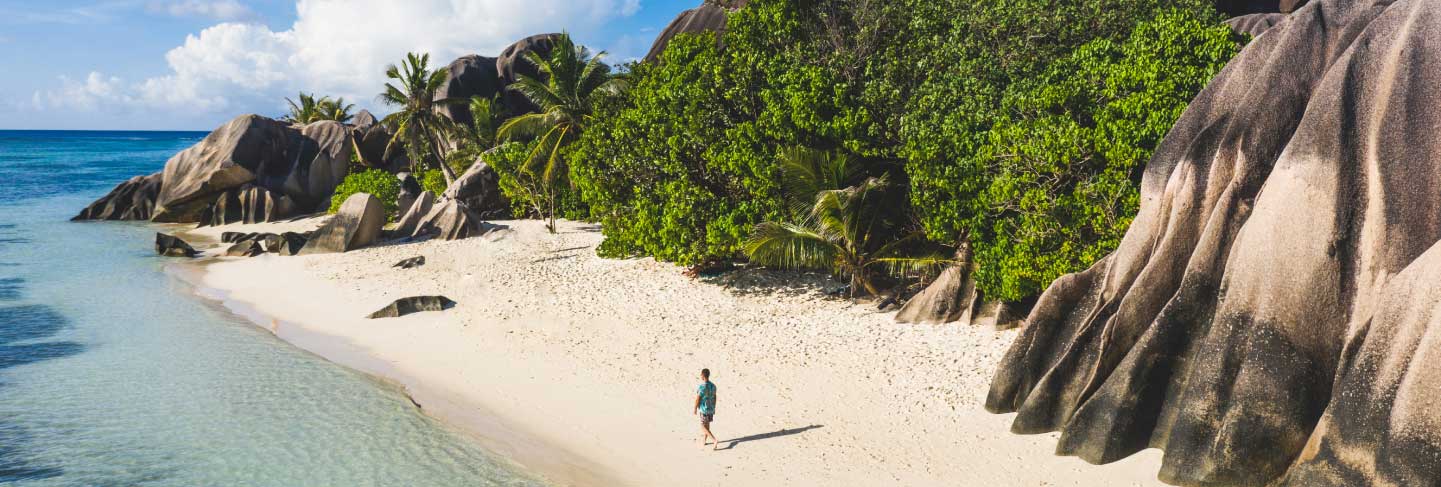Plastic pollution quiz
Jana Jansen van Vuuren
Posted: July 30, 2021
Original photo: by pasja1000 is licensed under CC BY-SA 2.0.
According to the United Nations, plastic pollution is one of the key environmental threats faced by our generation, and a big factor in the overall degradation of the oceans.
Plastic pollution can cause serious harm to marine life. Pieces of plastic and microplastics can be mistaken for food, or become entangled around animals, which often leads to fatal results.
Toxins leaking from plastics, such as Polyvinyl chloride (PVC), also spread pollution around the ocean.
Microscopic particle pieces are consumed by plankton, which are eaten by fish, and then larger fish, until apex predators like sharks and dolphins start showing a significant amount of plastic in their systems too.
Original photo: by flockine is licensed under pasja1000
This process is known as bioaccumulation. And it affects humans too, when they consume fish and other seafood.
Unfortunately, our economies and daily habits are still heavily reliant on plastic, despite increased awareness of the harmful effects of plastic pollution. Packaging of food, clothing, appliances and a range of other items, are usually made out of plastic.
To reduce your own use of these items, think of the single-use plastics you use most often and if you could find an alternative that is reusable. This could involve everything from reusable coffee cups, shopping bags, juice and smoothie cups, straws, bags and takeaway containers.
Original photo: by tom_crew is licensed under CC BY-SA 2.0.
Want to learn more about plastic pollution? Why not try your hand at our quiz. We’ve included ten important facts to get you all clued up about the current state of plastic pollution.




